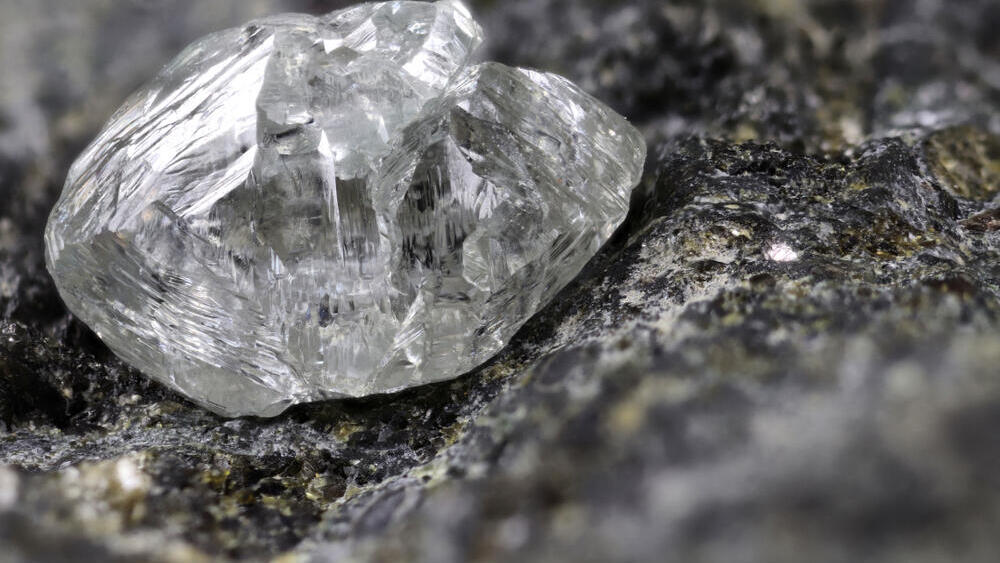The breakup of tectonic plates causes magma, rich with diamonds, to erupt from the depths of the earth, according to findings in a study conducted by an international group of scientists led by researchers at the University of Southampton. The findings may assist in locating areas where those precious gems might be found, including surprising new locations, not yet considered.
More stories:
Diamonds are created under immense pressure deep inside the earth and are millions, if not billions, of years old. They are typically found in a type of volcanic rock known as kimberlite, named after the South African town, where diamonds had been mined and one measuring 83.5 was discovered in 1871.
Kimberlite is formed in the crust of the earth in structures known as kimberlite pipes but scientists are still unable to explain how they reached the earth's surface. The researchers used statistical analysis, including machine learning, to forensically examine the link between continental breakup and kimberlite volcanism. The results showed that the eruptions of most kimberlite volcanoes occurred 20 to 30 million years after the tectonic breakup of Earth’s continents.
"The pattern of diamond eruptions is cyclical, mimicking the rhythm of the supercontinents, which assemble and break up in a repeated pattern over time," said Dr. Thomas Gernon, from Southampton University, who was a lead researcher in the study. "But previously we didn’t know what process causes diamonds to suddenly erupt, having spent millions – or billions – of years stashed away 150 kilometers beneath the Earth’s surface.”
He said the ramifications go further than finding the location of diamonds because the break-up of continents reorganizes the Earth's crust and can have a profound effect on climate.
“Using geospatial analysis, we found that kimberlite eruptions tend to gradually migrate from the continental edges to the interiors over time at rates that are consistent across the continents,” said Dr. Thea Hincks, a senior research fellow at Southampton.
This led the team to explore what geological process could drive this pattern. They found that the Earth’s mantle – the convecting layer between the crust and core – is disrupted by rifting (or stretching) of the crust, even thousands of kilometers away.
“We found that a domino effect can explain how continental breakup leads to the formation of kimberlite magma. During rifting, a small patch of the continental root is disrupted and sinks into the mantle below, triggering a chain of similar flow patterns beneath the nearby continent,” said Dr. Stephen Jones from the University of Birmingham and a co-author of the study.
Remarkably, this process brings together the necessary ingredients in the right amounts to trigger just enough melting to generate kimberlites,” Dr Gernon added.




